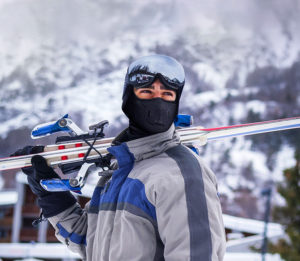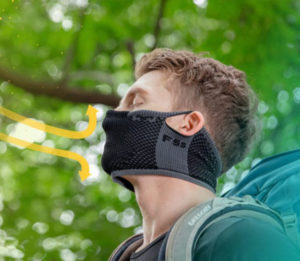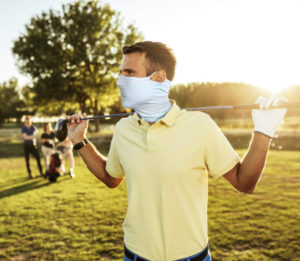What's the Difference Between a Sports Face Shield and a Workout Face Shield?
From defense to disease prevention, masks are one of the most commonly used products today. Sports, in particular, require frequent usage of masks for a multitude of reasons. Be it for managing uncomfortable weather conditions, protecting the face from injury or just breathing less polluted air, masks have always been the answer.
However, amateur sports enthusiasts may often confuse sports masks with a workout face shield, or vice-versa. Since each category of masks is manufactured to meet a specific purpose, anyone taking sports seriously needs to know the difference. Donning the wrong mask at the wrong time for the wrong reason can cause injury, discomfort, inconvenience, and compromised performance.
So, let’s start with the obvious questions.
Workout Face Shield?
Essentially, training masks (also known as altitude masks or elevation training masks) are used to simulate high altitude conditions by stressing the body while exercising in lower altitudes. It is used to make breathing as hard as it would be in higher altitudes, so as to prepare the wearer for an environment in which breathing would be more difficult for them.
Training masks limit the amount of air the wearer can inhale. Through repeated usage while training, it strengthens respiratory muscles by making them work harder. It helps accelerate physical performance, improve endurance, and prepare the body to function optimally in challenging respiratory conditions.
What are Sports Face Shields?
Sports Face Shields are specifically designed to handle sports activities. They are primarily meant to protect the wearer’s respiratory system from environmental factors while in the midst of strenuous activity.
For example, a sports mask can be useful when you are running in a city with high smog levels, as it would protect you from inhaling polluted particles from the air and protect your lungs from too much damage as you inhale more oxygen more frequently during exercise.
Of course, sports masks come in multiple variants to help protect the body while performing different activities or while operating in diverse environments. A few of these include:
• Balaclavas: Headgear designed to cover most of the face, except the eyes and mouth. It is especially useful while motorcycling or engaging in winter sports, especially in snow climes. Their most basic functions are to protect from the wind, cold, and dust.
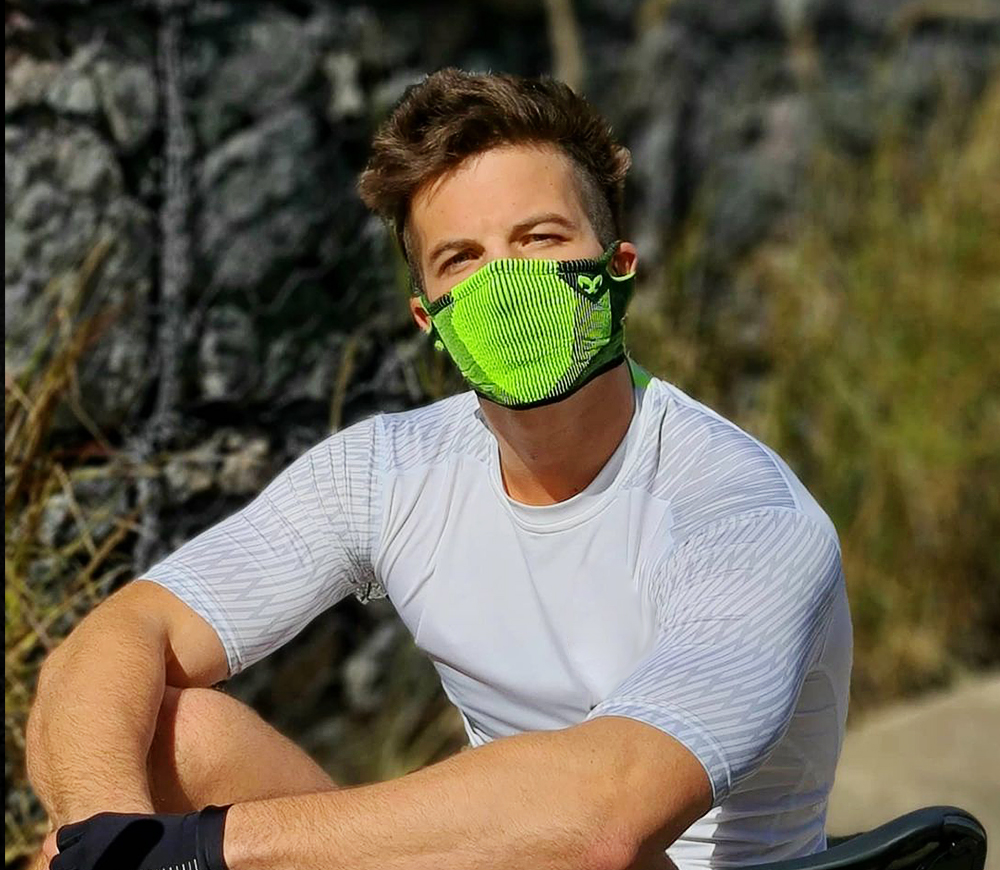
- Face masks/Face Covers: Masks or facial covers are equipped with filters that prevent the wearer from breathing in pollutants, pollen, or dust particles. These are useful when athletes have to train or perform in dusty locations or areas with high levels of pollution.
Of course, there are also masks without filters that are made to provide protection from elements such as UV rays, strongs winds, jarring cold, flying insects, etc.
- Tubular masks/neck gaiters: Often made of materials meant to provide warmth (fleece, wool, etc.), it is shaped as a closed tube that one can slip over the head. This face covering also protects the neck, and can be pulled over the mouth and nose to protect against wind, debris, fumes, and other irritants.
Driven by a desire to help athletes and sports enthusiasts deliver optimal performance, NAROO provides a catalogue of industry-best sports masks. We offer a variety of sports masks (running masks, cycling masks, masks for winter sports, and more) , each designed to align with the requirements of specific sports, weather conditions and the athlete’s performance level. For us, comfort, breathability and protection are the priority.
Sport masks vs. Training masks - How are They Different?
Simply put, one protects while the other strengthens. Sports masks are worn to ensure that the wearer does not inhale undesirable elements (fine dust, pollutants, insects, pollen, etc.). It is also meant to protect much of the face, including nose and mouth from inhospitable weather (cold temperature, strong wind, harsh sun, etc.).
On the other hand, training masks restrict air flow to the wearer’s nose and lungs. This is done to strengthen their respiratory system by making it work harder in stressful conditions.
Primarily, training masks are used to simulate high-altitude breathing conditions while training in lower altitudes. Since there is less oxygen and breathing naturally becomes more laboured when higher up, a training mask is a great way to acclimatize the body to these conditions without actually having to go to those heights. This is especially useful when preparing for strenuous treks or other physically challenging activities in challenging mountainous terrain.
Benefits of Sports Masks
- Protect your airways: The right sports mask will make breathing infinitely easier during physical exertion than other face covers. While training, breathing quickens and you wouldn’t be able to consciously focus on avoiding dust or insects. But a mask equipped with filters can take care of that. It prevents dust, pollen, sand, bugs, and much more from being inhaled and tainting the airways and lungs.
- Enables greater focus: With breathing woes in control, the athlete can focus on nothing but their performance. They won’t have to deal with irritants like smog and dust. Additionally, adequately equipped masks will keep them wealthier in the long run, by preventing the inhalation of undesirable air particles.
- Protect your skin: Between UV rays and airborne irritants, your skin is exposed to a lot while you exercise. A great sports mask that protects your airways will also protect your skin from the same irritants.
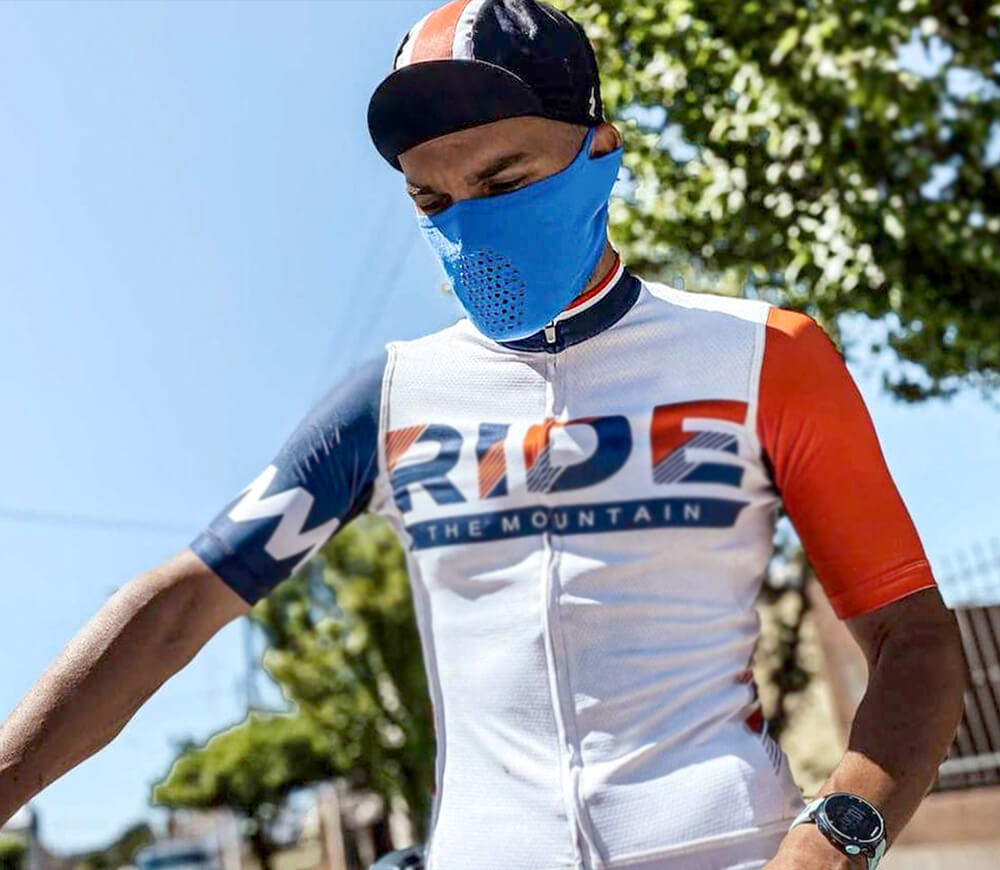
Homemade Solutions - How Effective are They?
Many athletes choose to wear a scarf, neck warmer, face bandana, balaclava mask or ski mask around their mouth and nose when training in the cold. However, while this does trap the warm, moist air they exhale, these items are quite uncomfortable, especially during intensive training sessions. Additionally, goggles get fogged up, causing visibility issues hence cutting down on performance capability. They are also not easy to breathe through, adding further deterrents to performance.
NAROO’s breathable sports masks have been inspected and certified by a number of prestigious verification bodies. If worn correctly and consistently. They act to protect adults and children from airborne pollutants and allergens (including pollen). Our masks also work to keep air breathable and warm, giving athletes the opportunity to get all the oxygen they need and keep their lungs unscathed, even in the peak training periods. In other words, NAROO masks provide 360 degree protection for anyone with an outdoorsy lifecycle, no matter the weather conditions.

